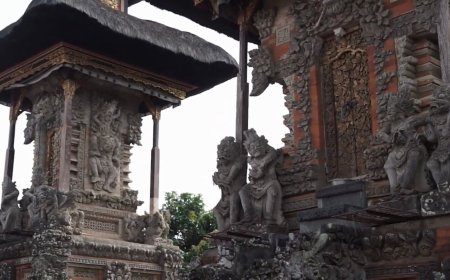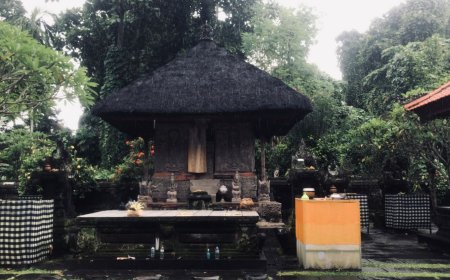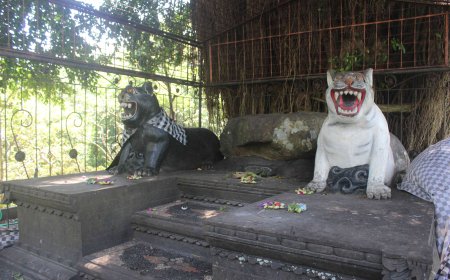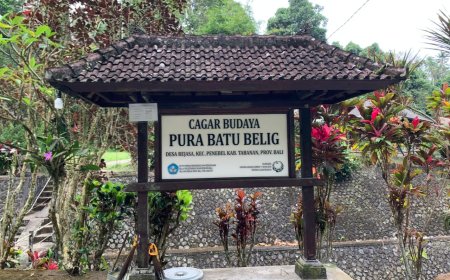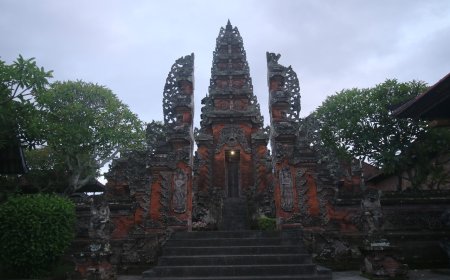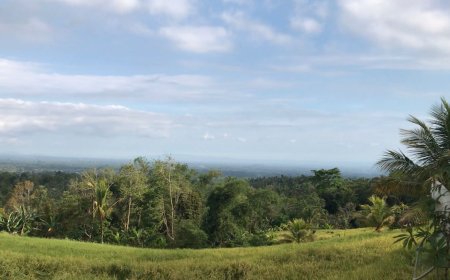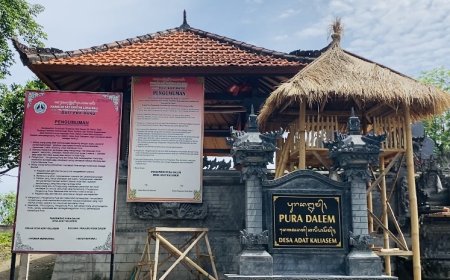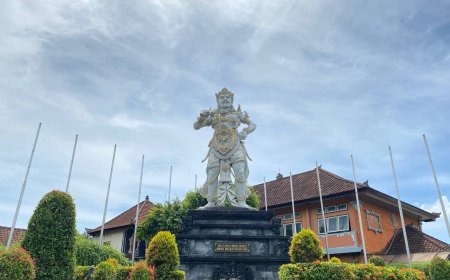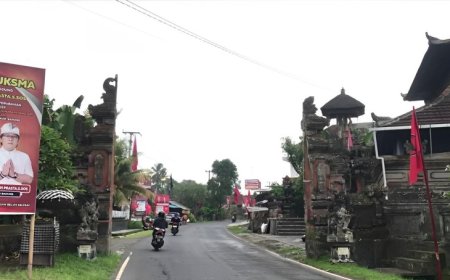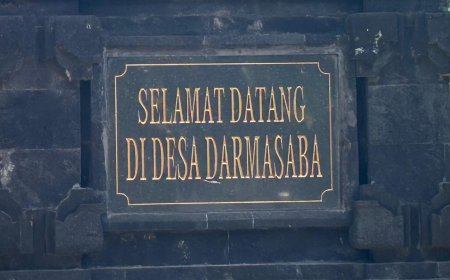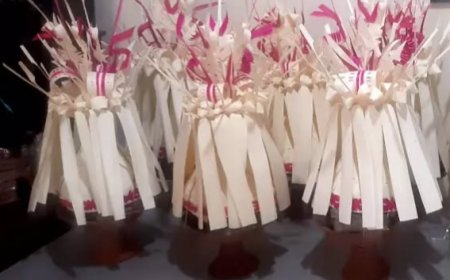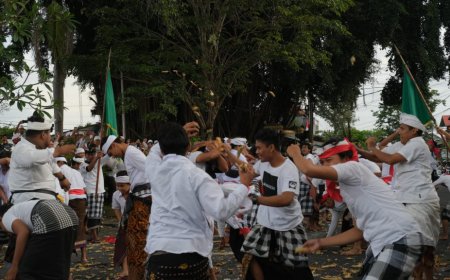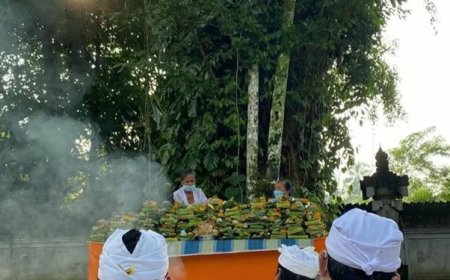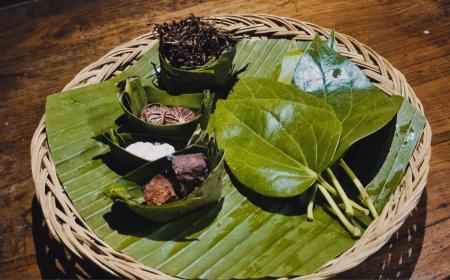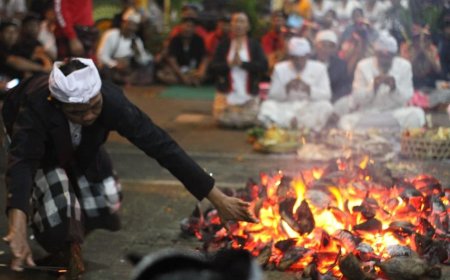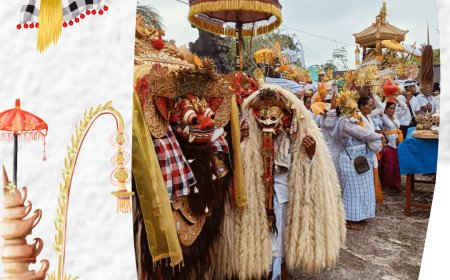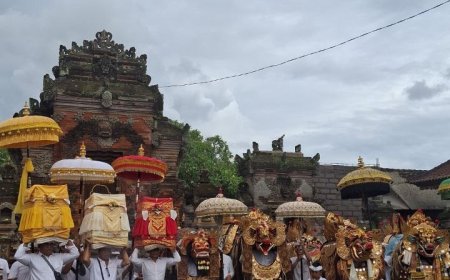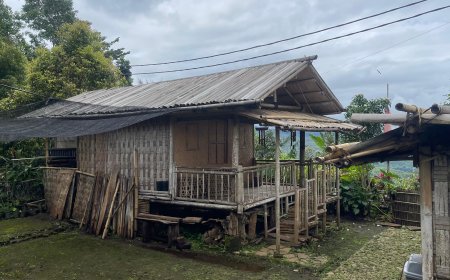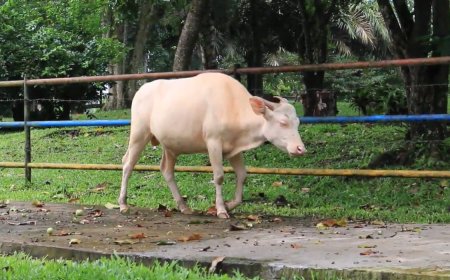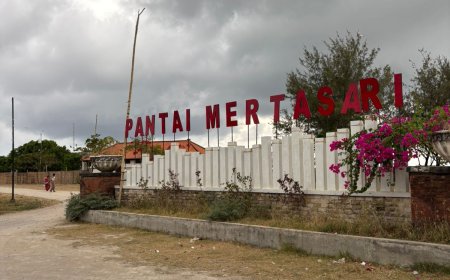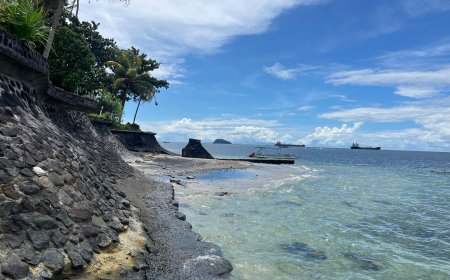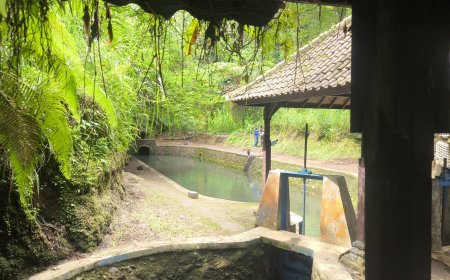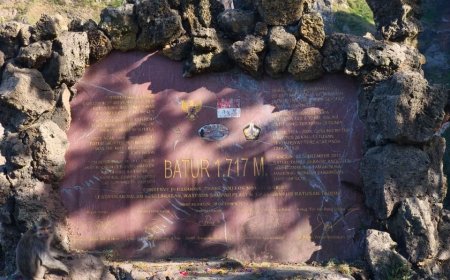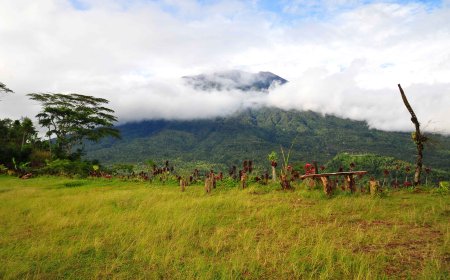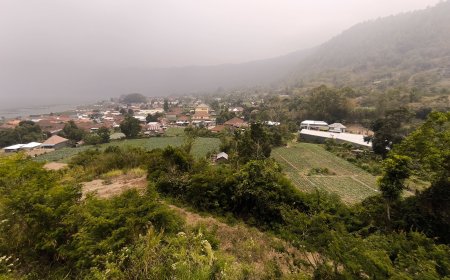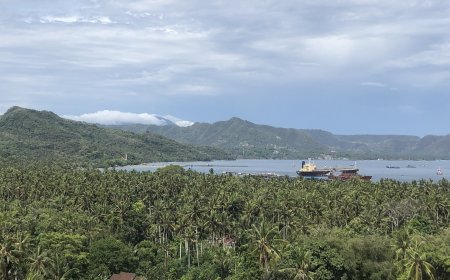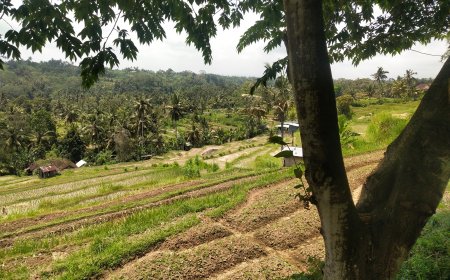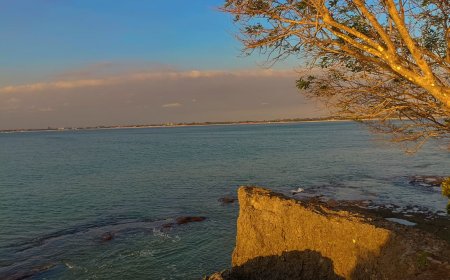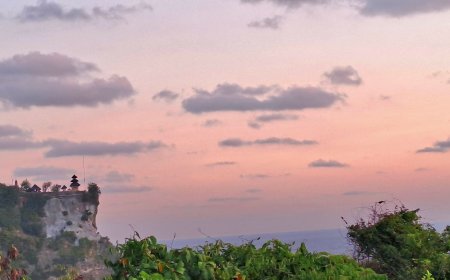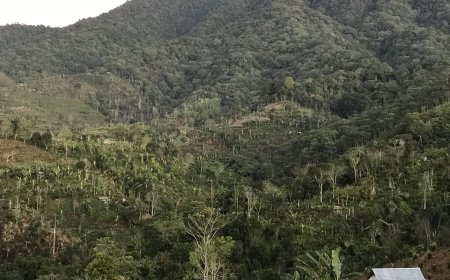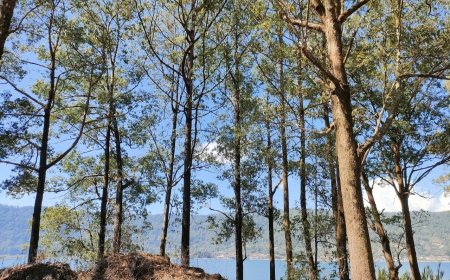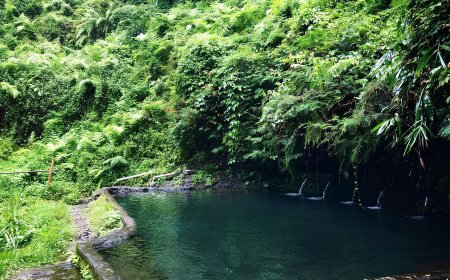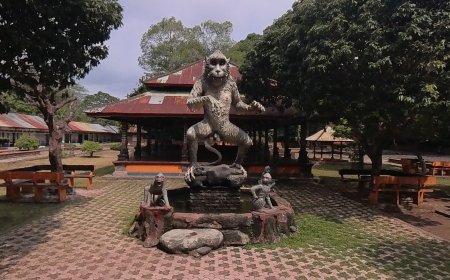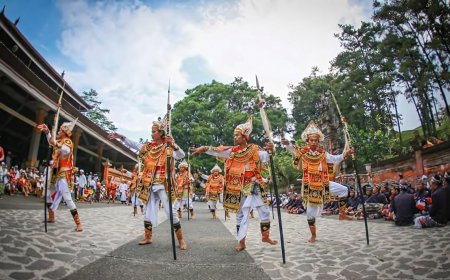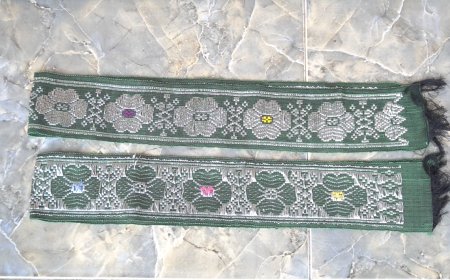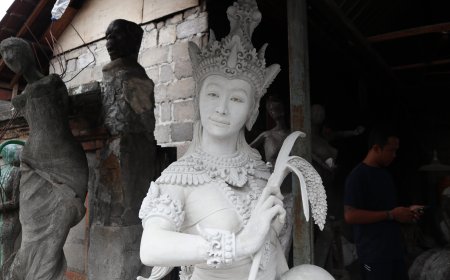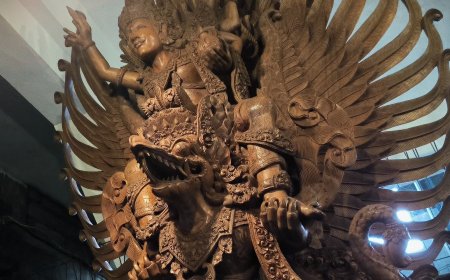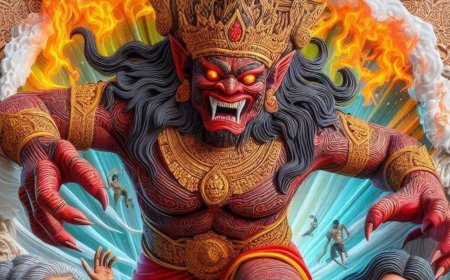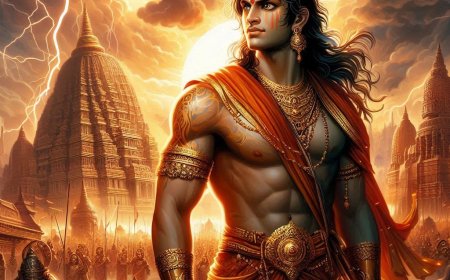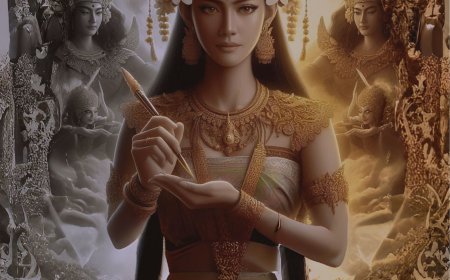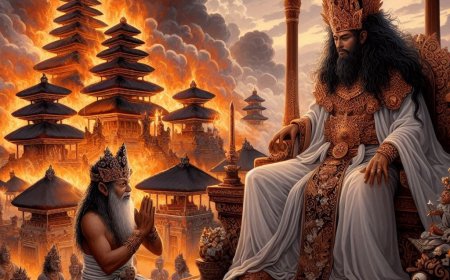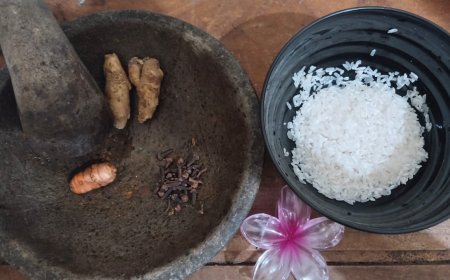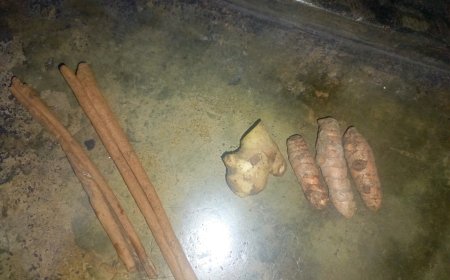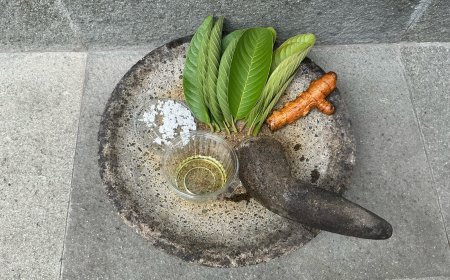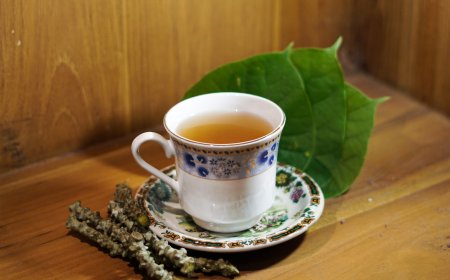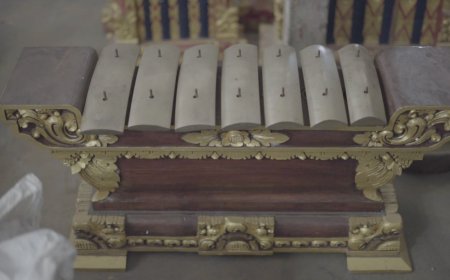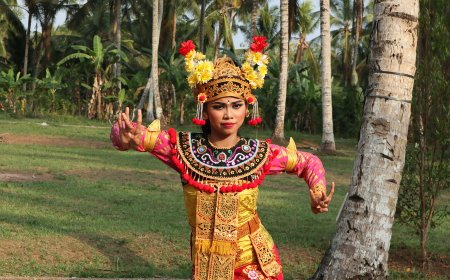Garuda Statue: A Typical Carving Art Craft of Pakudui Traditional Village
The Garuda statue is a signature craft of Pakudui Village in Bali, depicting Garuda Wisnu Kencana. Garuda is a Hindu and Buddhist mythological creature, a golden bird with a heroic story of freeing his mother from the Naga. Garuda statues are made with detailed carving techniques and Balinese art characteristics, usually from quality wood. Pakudui village is the center of Garuda statue making, characterized by its proportionality, symmetry and variety of styles. The manufacturing process involves selecting, cutting, carving, coloring and refining the wood. The village has been known for 50 years, popularized by artist I Made Ada, who obtained a patent for Garuda Wisnu in 1996. The Garuda statue of Pakudui village has high artistic, cultural and religious values, becoming a souvenir of Bali that is in demand by local and foreign tourists. The art of Garuda statue carving is an Indonesian cultural heritage that needs to be preserved and developed.
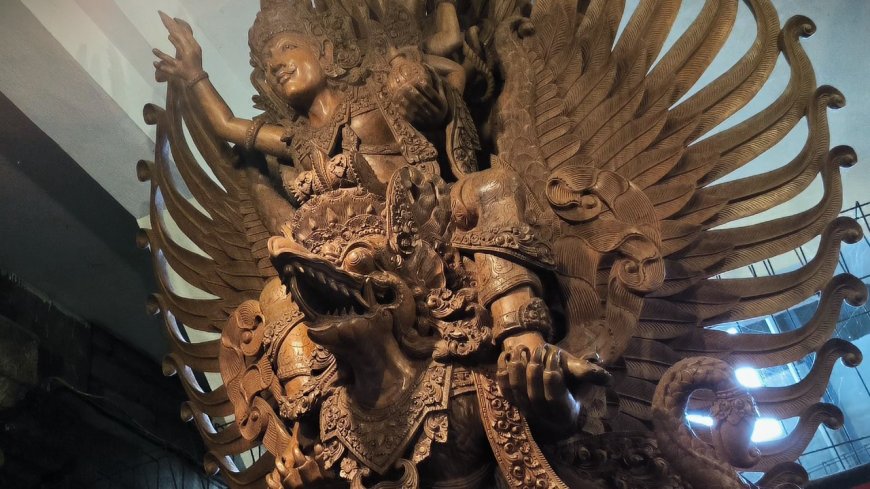
The garuda statue is one of the signature crafts of Pakudui village, located in Tegalalang sub-district, Gianyar regency, Bali. The garuda statue is a symbol of Garuda Wisnu Kencana (GWK), a golden eagle that is the vehicle of Lord Vishnu in Hinduism. The garuda statue is made with detailed carving techniques and is characterized by Balinese art.
Garuda is one of the mythological creatures in Hinduism and Buddhism. Garuda is depicted as a large bird with a white face, golden body, red wings and sharp nails. Garuda is the son of Kasyapa and Winata, one of Kasyapa's twelve wives. Garuda has a half-brother named Naga, who is the son of Kasyapa and Kadru, another wife of Kasyapa.
In Hindu mythology, Garuda has a heroic story where he managed to free his mother from enslavement by Naga. Garuda challenged Naga to give Tirta Amerta, the holy water that can grant immortality, as a ransom to free his mother. Garuda managed to steal Tirta Amerta from its storage place guarded by Lord Indra and other gods. However, before Garuda could drink it, Lord Vishnu appeared and stopped him. Lord Vishnu said that Garuda must hand over Tirta Amerta to the gods, and in return, Lord Vishnu would grant Garuda the right to be his vehicle. Garuda agreed to the terms, and from then on, Garuda became Lord Vishnu's vehicle.
Garuda statue is a form of sculpture that depicts the figure of Garuda. Garuda statues are found in many places in Indonesia, especially in Bali, which is the center of Hindu culture in Indonesia. Garuda statues are usually made from materials such as wood, stone, copper, brass, or steel.
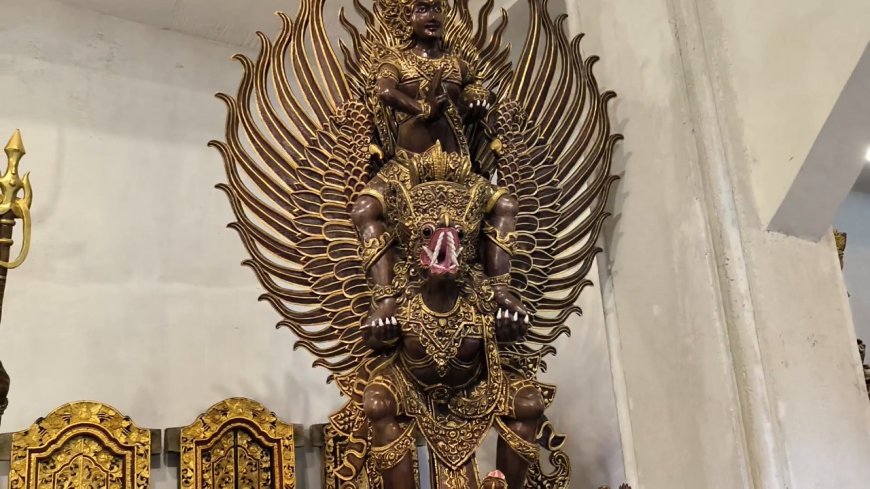
Colored Garuda Statue (Photo Source: Personal Collection)
One of the centers of Garuda statue making in Indonesia is Pakudui village, which is located in Tegalalang District, Gianyar Regency, Bali. This village is known as a tourist village that offers the uniqueness and beauty of garuda statue carving. Almost 90% of Pakudui villagers are Garuda statue craftsmen, who have inherited their carving skills from generation to generation. The Garuda statue of Pakudui village has several distinctive characteristics, including:
The Garuda statue of Pakudui village is made from selected quality wood, such as sandalwood, mahogany, or teak. Pakudui's Garuda statues vary in size, from small to large. The largest Garuda statue in Pakudui village can reach 2.5 meters in size.
The Garuda statue of Pakudui village has a proportional and symmetrical shape, following the anatomy of the Garuda bird in accordance with Hindu mythology. The Garuda statue of Pakudui village has a beak, eyes, feathers, wings, legs, and tail that look clear and alive. Pakudui village Garuda statues have natural colors or are painted according to the buyer's taste. The colors often used are gold, white, red, or black.
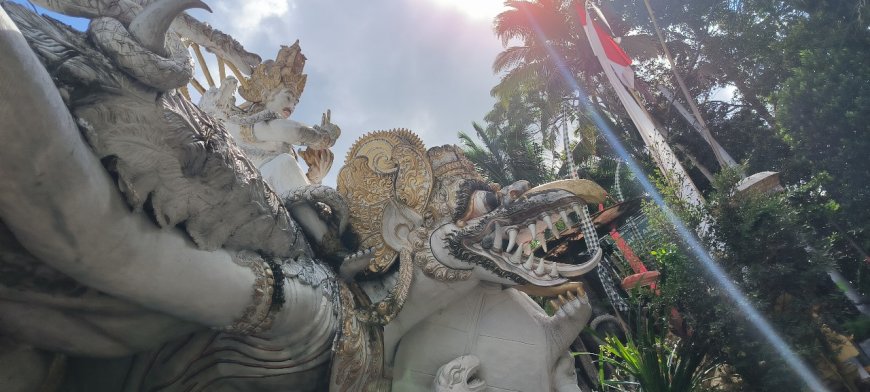
Garuda Museum I Made Ada (Photo Source: Private Collection)
Pakudui Village is known as the center of Garuda statue makers since about 50 years ago, thanks to the work of artist I Made Ada, who has been worldwide and received a Garuda Wisnu patent from the World Intelectual Property Organization (WIPO) since 1996. Pakudui Village also has a museum that contains various things related to the Garuda statue, which was built by I Made Ada.
Pakudui village's Garuda statue has a variety of styles, ranging from classic, modern, to contemporary. The style of Pakudui village's Garuda statue can be customized according to the buyer's request, whether for decoration, souvenirs, or traditional ceremonies
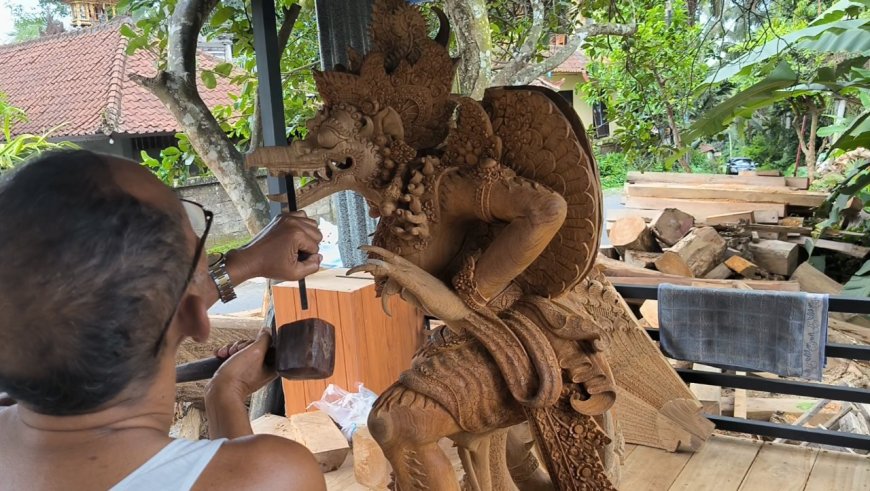
Garuda Statue Sculpting Process (Photo Source: Personal Collection)
The process of making Garuda statues in Pakudui village includes several stages, namely:
- Wood selection. The wood used to make garuda statues is usually teak, jackfruit, rosewood, or kenanga. The wood must be of good quality, strong, and durable.
- Wood cutting. The wood is cut according to the desired size and shape. The pieces of wood are then cleaned of bark, thorns, and wood chips.
- Wood carving. Wood is carved using tools such as saws, chisels, mallets, and sandpaper. Wood carving is done by following a pre-made pattern or sketch. Wood carving requires high accuracy and expertise, because every part of the garuda statue must be formed proportionally and harmoniously.
- Wood coloring. The wood that has been sculpted is then colored using paint or natural dyes. Wood coloring aims to provide aesthetic effects and protect wood from pests or weather attacks. The colors used are usually bright colors, such as red, yellow, green, blue, or gold. This stage is usually done if requested by the buyer, as most craftsmen prefer their work to be unpainted to show the natural color of the wood.
- Wood refinement. The stained wood is then refined by giving finishing touches, such as smoothing the surface, giving ornaments, or joining the separate parts of the garuda statue.
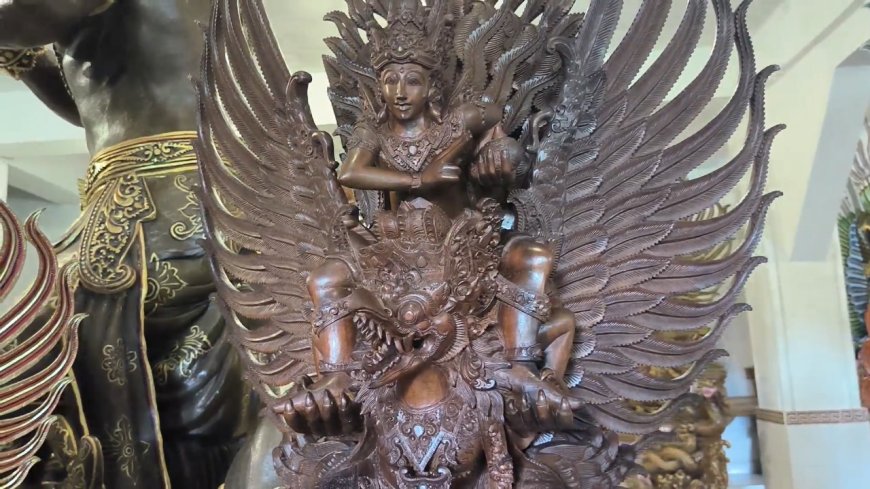
Colorless Garuda Statue (Photo Source: Personal Collection)
The finished garuda statue is then exhibited or sold in art galleries in Pakudui village. The typical garuda statue of Pakudui village is in great demand by local and foreign tourists, because it has high artistic, cultural and religious values. The garuda statue is also one of the typical Balinese souvenirs that are favored by many people.
The art of carving garuda statues typical of Pakudui village is one of Indonesia's cultural heritages that must be preserved and developed. Garuda statue carving art not only shows the beauty and richness of fine art, but also contains deep moral and spiritual messages. The art of carving garuda statues is proof of the love and pride of the Pakudui village community for their culture and homeland.
